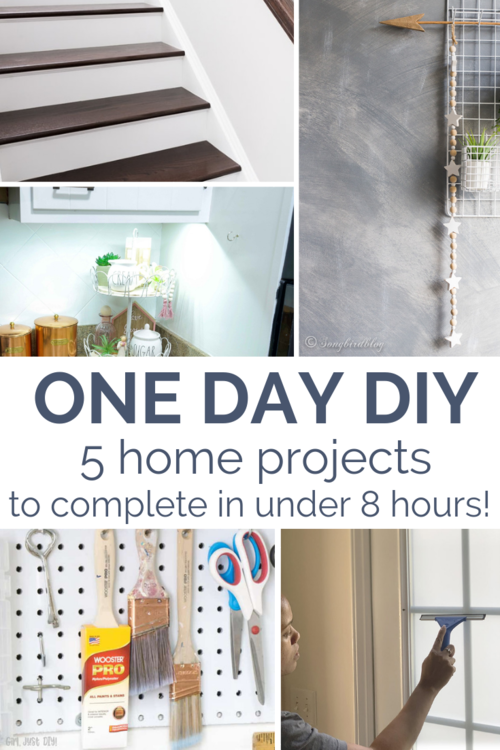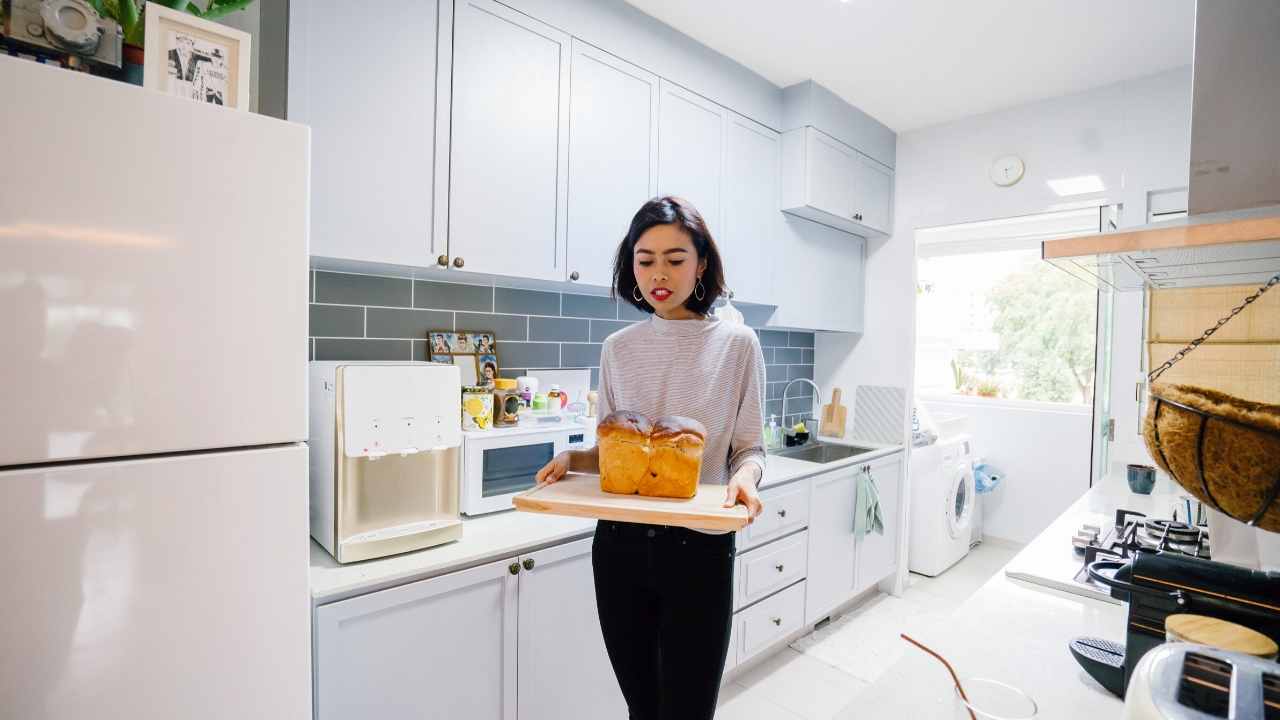
Do-it-yourself enthusiasts know the frustration of cleaning up after finishing a project. Engineers have been looking for ways to eliminate this problem for many years. ZipWall is a dust barrier that zips and fits snugly around any space. The ZipWall is not cheap, but it is a great solution to DIYers. Here are some tips to help you build your DIY dust barrier.
You can seal registers and air ducts with cardboard. These are the easiest places for dust to escape and can ruin your air filters. To prevent this, cover these areas with plastic or tape. Make sure to cover all the areas in your home that are likely to have the most dust and make the most mess. A temporary plastic wall can be created by covering the entire area with thick plastic. This barrier will protect the area from the dust that will be blown around during the project.

Kits are also available pre-assembled and ready for use by those who have more experience. These kits can be used to make a dust barrier by yourself, and are similar to those sold by ZipWall. A kit can include four adjustable poles, two zippers in red, plastic sheeting, and a carry bag. All of these products can be easily assembled and are relatively inexpensive.
A sticker material is another way to create a DIY dust shield. You can attach it to the outside of your work area. These mats can prevent dirt from travelling outside. They can also trap dirt and grit. Once you are done with your project, remove the sticky sheet and replace it with a clean sheet. A sticker mat lasts for around a year. The adhesive material is also very durable and comes in a pack of 30 sheets. The stickers can be used to add your company's logo to your DIY dust barrier, which will make your project more unique.
When you remodel, a DIY dust shield is a great way of keeping dust at bay. A zippered plastic sheet can be cut to 10 feet in width. If you are using a large roll of plastic, make sure to cut it in half. Then, you can run it horizontally from the ceiling to the floor, if necessary. If the plastic is more narrow, you can join it horizontally around the window.

It should be strong enough for heavy dust loads. It should be capable of holding the amount you need. A DIY dust barrier must be strong enough to withstand heavy objects. A DIY version should be strong enough to withstand dust particles. Do not forget to be meticulous when installing the DIY system. The more solid the barrier, then the easier it is to do the job. This includes a door kit that attaches to the frame.
FAQ
What should I do before renovating a home?
The first step in fixing up a home is to get rid of any clutter. Next, clean out any moldy areas. Next, clean the exterior surfaces and paint.
How do I choose the right contractor?
Ask friends and family for recommendations when selecting a contractor. You can also look online for reviews. Look online for reviews to ensure the contractor you choose is experienced in the construction area you are interested. Request references and make sure to verify them.
What are my considerations when purchasing a new house?
Before purchasing a new home, make sure that you have enough money saved up to cover closing costs. If you don't have enough cash on hand, then you might want to think about refinancing your mortgage.
How much does it cost for a house to be renovated?
Renovations are usually between $5,000 and $50,000. Renovations typically cost homeowners between $10,000 and $20,000
How to sell my house fast without having to pay realtor fees?
It is important to start looking for buyers as soon as possible if you wish to quickly sell your home. This means that you should be willing to accept whatever price the buyer offers. Waiting too long can lead to losing out on buyers.
Are permits necessary to renovate my property?
Yes. Before you start any home improvements project, permits are necessary. You will require a building permit as well as a plumbing permit in most cases. A zoning permit may be required depending on what type of construction you are doing.
Statistics
- According to the National Association of the Remodeling Industry's 2019 remodeling impact report , realtors estimate that homeowners can recover 59% of the cost of a complete kitchen renovation if they sell their home. (bhg.com)
- They'll usually lend up to 90% of your home's "as-completed" value, but no more than $424,100 in most locales or $636,150 in high-cost areas. (kiplinger.com)
- A final payment of, say, 5% to 10% will be due when the space is livable and usable (your contract probably will say "substantial completion"). (kiplinger.com)
- Design-builders may ask for a down payment of up to 25% or 33% of the job cost, says the NARI. (kiplinger.com)
- On jumbo loans of more than $636,150, you'll be able to borrow up to 80% of the home's completed value. (kiplinger.com)
External Links
How To
How to renovate an older house
Let's start by deciding what type of renovations you would like to undertake. This could mean anything from replacing your kitchen appliance to completely redesigning the house.
Once you decide what kind of renovations you want, you will need to calculate how much money is available. You might find that you don't actually have enough funds to cover the full cost of the entire project. This could mean that you have to make tough decisions about which parts of your house you can afford and which you cannot.
Before you make the decision to carry out renovations, there are some things that you should do. You need to make sure you have the right permits for your project. You should check whether you are required to have planning permission to perform certain types of work. For example, if you plan to add extensions to your home, you might need to apply for building consent.
Before you start work on the house it is best to check with the local council website to determine if additional permits are required. Make sure you check whether each section of the house needs to be given planning permission. If you plan to do major renovations, such as replacing a roof, it is advisable to consult your insurance provider to ensure that you have sufficient coverage.
Next, you will need to decide on the tools and materials that are best suited for your job. There are many different options available, so it's important to take your time to research them thoroughly. Most people use wallpaper paste, paint, flooring, tiles and carpets for their renovation projects.
Make sure you look at the product's quality before purchasing these items. Quality products last longer than cheaper products and are less expensive. You should only buy what you need when purchasing anything. It is important not to buy too much, as you may end up wasting valuable resources or having to throw out large quantities of material. Instead, try to purchase exactly what you need.
Finally, once you've chosen the right materials for the job, you need to figure out where you'll store them while you're working on the property. Renting storage space might be necessary if you plan on renovating a large part of your home. This will allow you to store all your supplies until you have them ready to go. You can also ask family and friends to help move your items.